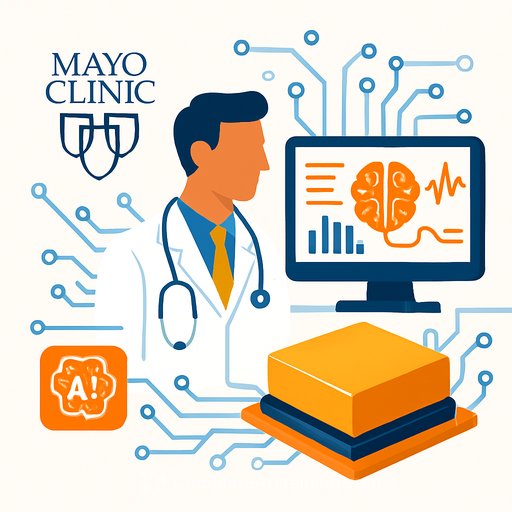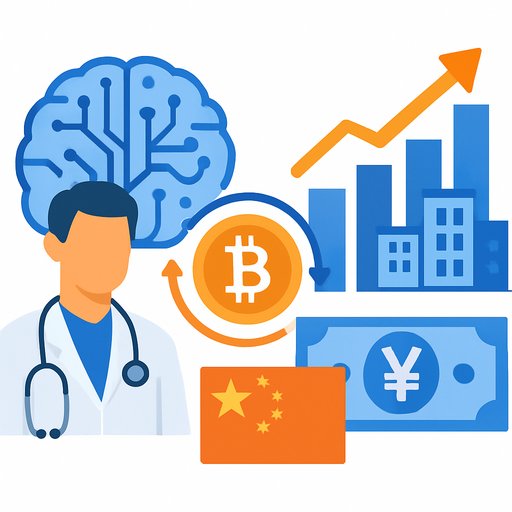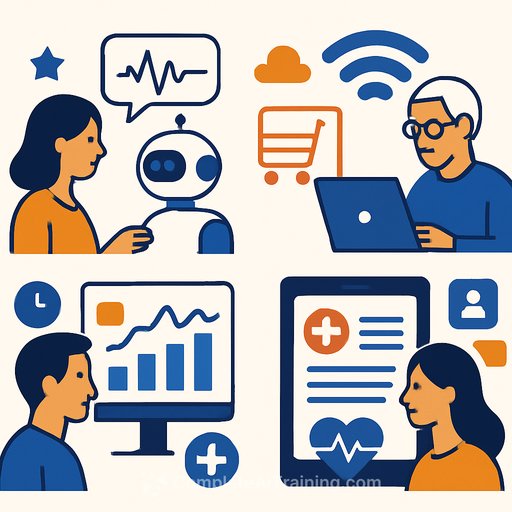Mayo Clinic Enhances AI with Nvidia Blackwell Architecture
Mayo Clinic has integrated Nvidia’s Blackwell architecture into its computing infrastructure to advance artificial intelligence (AI) in healthcare. This upgrade supports the development of foundation models that analyze pathology images, speed up drug discovery, and improve treatments based on individual patient data.
The health system’s new platform, powered by Nvidia Blackwell DGX SuperPOD, is built for managing large, high-resolution medical imaging datasets and accelerating AI model training. This results in faster and more accurate diagnoses, which can lead to better patient outcomes.
Key Applications of the Nvidia Blackwell System
- Pathology Image Analysis: The system accelerates the computational study of pathology slides, cutting the time required from four weeks to one week. Mayo Clinic’s Atlas pathology foundation model, created with Aignostics, uses over 1.2 million whole-slide images to improve diagnostic precision.
- Drug Discovery: By analyzing complex biological data, the platform supports faster identification of potential therapies.
- Precision Medicine: AI tools analyze real-world clinical data to help personalize treatment plans, including for patients with rare or complex conditions.
Dr. Matthew Callstrom, medical director of Mayo Clinic’s Department of Strategy, highlights the goal: “Our aspiration for AI is to meaningfully improve patient outcomes by detecting disease early enough to intervene. What was once a hypothetical—‘If only we had the right data’—is now becoming reality thanks to AI and advanced computing.”
Scaling AI for Healthcare Research and Care
Mayo Clinic’s digital pathology platform contains 20 million whole-slide images linked to 10 million patient records. The Nvidia Blackwell system’s 1.4TB GPU memory capacity allows it to handle this massive dataset efficiently.
Jim Rogers, CEO of Mayo Clinic Digital Pathology, said, “Mayo Clinic is reimagining what is possible in disease detection and prediction, both within its own system and globally.” The platform’s speed and scalability support ongoing efforts to enhance diagnostics and accelerate medical research.
Advancing Real-World Data Use in Clinical Practice
Mayo Clinic is also applying AI to analyze deidentified patient data through tools like Atropos’ digital consult platform. This helps generate real-world evidence reports, known as “Prognostograms,” which can inform clinical decisions especially for under-represented patient populations.
Dr. Peter Noseworthy, chair of cardiac electrophysiology at Mayo Clinic, explained that these tools allow researchers to quickly pull data for rare disease presentations or uncommon conditions, providing near research-grade information through an accessible chat interface.
Looking Ahead
The integration of Nvidia’s Blackwell architecture marks a significant advancement in Mayo Clinic’s AI capabilities. It supports the dual aims of improving patient care and enabling clinicians to focus more on patients by streamlining data analysis and research.
Jim Rogers noted, “We’re transforming healthcare by quickly and safely developing innovative AI solutions that can improve patient outcomes and enable clinicians to dedicate more time to patient care while also accelerating commercial affiliations with other industry leaders.”
For healthcare professionals interested in AI applications and training, exploring specialized courses can provide practical skills to leverage these technologies effectively. Visit Complete AI Training’s healthcare-focused courses for more information.
Your membership also unlocks:






